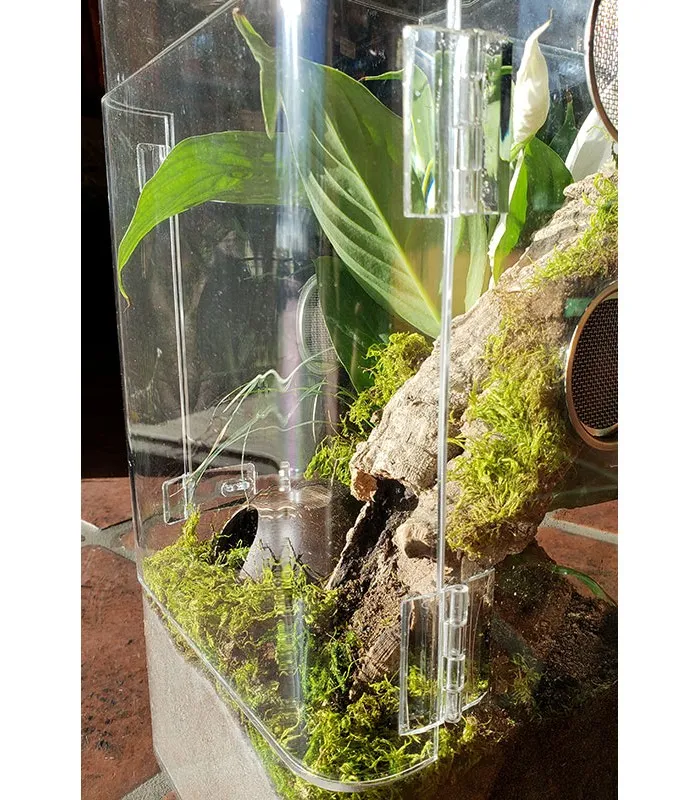Birdeater Tarantula Enclosure Guide
Owning a Birdeater Tarantula, one of the largest tarantula species, can be an incredibly rewarding experience. These impressive arachnids, known for their size and striking appearance, require a specifically designed enclosure to thrive. This comprehensive guide provides everything you need to know about setting up and maintaining the perfect habitat for your Birdeater Tarantula, ensuring its health, happiness, and longevity. From choosing the right size and materials to understanding the importance of ventilation and substrate, we’ll cover all the essential aspects of Birdeater Tarantula enclosure. With the right setup, you can create a comfortable and enriching environment for your tarantula to flourish.
Choosing the Right Enclosure for Your Birdeater Tarantula
Selecting the appropriate enclosure is the first and most crucial step in providing a suitable habitat for your Birdeater Tarantula. The enclosure should not only accommodate your tarantula’s size but also provide the right environmental conditions to mimic its natural habitat. Consider factors such as size, material, ventilation, and ease of access when making your choice. A well-chosen enclosure contributes significantly to the overall well-being of your pet, facilitating proper growth, molting, and overall health. The enclosure you choose should be secure, escape-proof, and offer opportunities for your tarantula to express its natural behaviors, like burrowing or hiding.
Size Matters: Appropriate Enclosure Dimensions
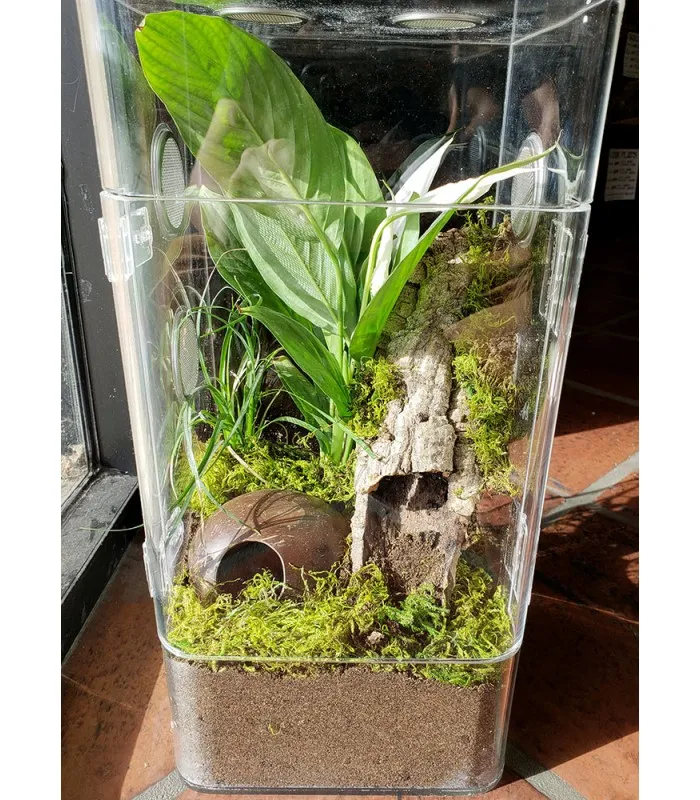
The size of the enclosure is paramount to the tarantula’s well-being. A Birdeater Tarantula, due to its significant size, requires a spacious enclosure to move around comfortably. As a general guideline, a terrestrial Birdeater Tarantula (like the Theraphosa genus) should ideally have an enclosure that is at least three times its leg span in width and length. This allows for ample space to navigate, hunt, and establish a territory. The height of the enclosure should also be sufficient, considering that some species might attempt to climb. Always prioritize horizontal space, as these tarantulas are not avid climbers. Remember to provide adequate space for burrowing, which is crucial for these tarantulas’ natural behavior and stress management. A cramped enclosure can lead to stress, poor molting, and overall health issues.

Material Matters: Glass, Acrylic, or Plastic?
The choice of enclosure material is another critical consideration. Glass, acrylic, and plastic enclosures each have their pros and cons. Glass enclosures are readily available, affordable, and provide excellent visibility. However, they can be heavier and may not retain heat as effectively as other materials. Acrylic enclosures are lighter and more durable than glass, offering better insulation and clearer visibility. They are also less likely to shatter if dropped. Plastic enclosures, often made of clear or translucent plastic, are generally the most cost-effective option and can be lightweight, but they may scratch easily and can be less aesthetically pleasing. Ensure the material is non-toxic and does not have any sharp edges that could harm your tarantula. The primary concern is the enclosure’s ability to maintain stable temperature and humidity levels, while providing good visibility for observation. The enclosure should also be easy to clean and disinfect to maintain a healthy environment. Consider the long-term durability and suitability for the specific species of Birdeater Tarantula you are housing.
Ventilation Requirements for Birdeater Tarantulas
Adequate ventilation is crucial for maintaining a healthy environment within your Birdeater Tarantula’s enclosure. Proper ventilation prevents the buildup of harmful mold, bacteria, and excess humidity, which can lead to respiratory problems and other health issues. The enclosure should have cross-ventilation, meaning there should be openings on opposite sides to allow air to circulate. This helps regulate humidity levels and prevents the enclosure from becoming stagnant. Ensure that the ventilation holes are small enough to prevent your tarantula from escaping. Mesh-covered vents can be a good option, but make sure the mesh is fine enough to keep the tarantula safely inside and the substrate from escaping. Poor ventilation can lead to fungal infections and other diseases, so regular checks and proper airflow are essential for your tarantula’s health and comfort.
Birdeater Tarantula Substrate Guide
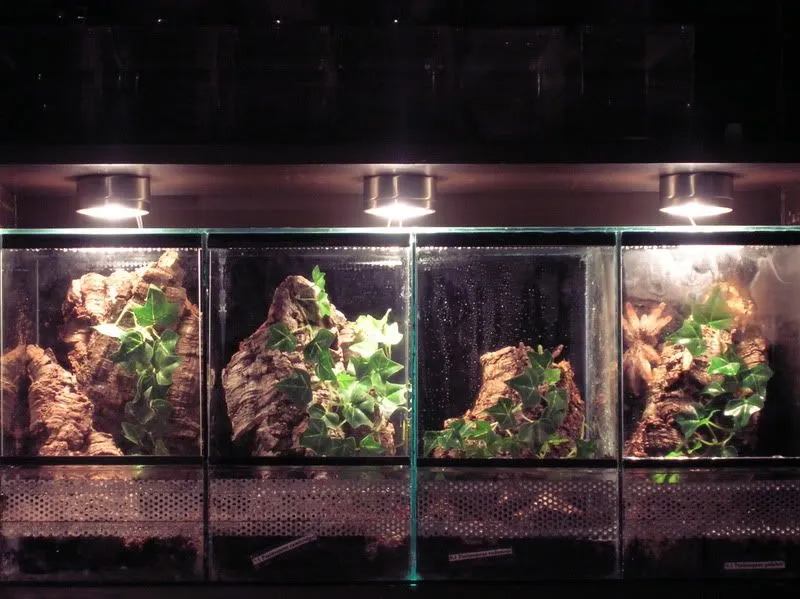
The substrate is the bottom layer of your tarantula’s enclosure, serving as more than just bedding. It plays a vital role in maintaining humidity levels, providing a surface for burrowing, and offering a natural environment that stimulates natural behaviors. Choosing the right substrate is essential for your Birdeater Tarantula’s well-being. The ideal substrate should be able to retain moisture, provide adequate drainage, and be non-toxic. The substrate should also be suitable for the size and species of the tarantula, allowing for burrowing and maintaining proper humidity levels. The correct substrate will also contribute to the enclosure’s aesthetics, creating a more natural and visually appealing environment. Regular maintenance, including spot cleaning and occasional replacement of the substrate, is necessary to maintain hygiene and prevent the buildup of harmful bacteria and mold.

Best Substrate Options for Birdeater Tarantulas
Several substrate options are suitable for Birdeater Tarantulas. A popular choice is a mix of coco fiber and peat moss, as these materials retain moisture well, creating a humid environment. Sphagnum moss can also be added to the mix to help retain moisture and provide additional hiding places. Another option is a mix of topsoil and sand, providing a more naturalistic substrate for burrowing. Avoid using substrates with sharp particles that could injure your tarantula. The substrate depth should be at least 4-6 inches, depending on the size and burrowing habits of your tarantula. Always ensure the substrate is free of pesticides and other chemicals. Regularly monitor the substrate for mold or excessive moisture. A healthy substrate not only provides a comfortable environment but also supports the tarantula’s molting process, allowing it to shed its exoskeleton safely and successfully.
Maintaining Humidity Levels in Your Birdeater Tarantula Enclosure
Maintaining the correct humidity levels is essential for the health and well-being of your Birdeater Tarantula. These tarantulas require a relatively humid environment to thrive, as low humidity can lead to molting problems and dehydration. The ideal humidity level will depend on the specific species of Birdeater Tarantula, but generally, 70-80% humidity is a good target. You can monitor humidity levels using a hygrometer, which should be placed inside the enclosure. To increase humidity, you can mist the enclosure regularly with dechlorinated water. The frequency of misting will depend on your enclosure, substrate, and ventilation. Another way to maintain humidity is to provide a water dish, as evaporation from the water will help humidify the environment. Ensure the water dish is shallow enough to prevent drowning. Over-humidification can lead to mold growth, so it’s essential to strike a balance between humidity and ventilation. Regularly check the substrate for moisture and adjust your misting schedule accordingly. Keep an eye on your tarantula’s behavior. If your tarantula appears sluggish or has trouble molting, it might be a sign of improper humidity levels.
Setting Up the Birdeater Tarantula Enclosure
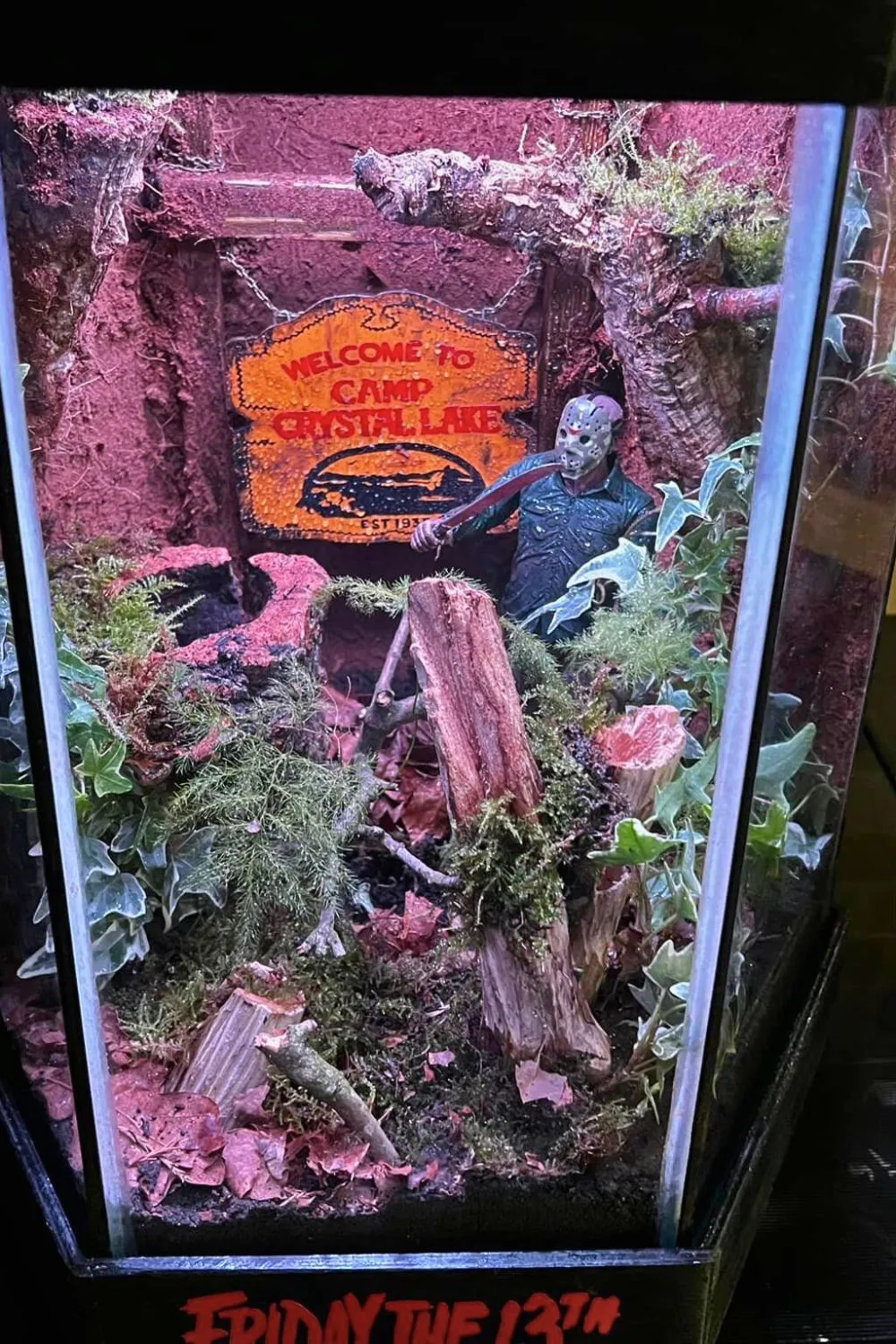
Setting up the enclosure involves several crucial steps, from choosing the right size and materials to incorporating essential elements like substrate, decor, and heating and lighting. The goal is to create a habitat that replicates the tarantula’s natural environment as closely as possible, promoting its health and well-being. Before you start, make sure you have all the necessary components ready. This includes the enclosure itself, substrate, water dish, decorations, and any heating or lighting elements you plan to use. Start by adding the substrate to the enclosure, ensuring it reaches the appropriate depth. Next, incorporate decorations such as cork bark, branches, and artificial plants to provide hiding places and enrich the environment. Place the water dish in an accessible location and consider adding a heating element if necessary. Finally, install any lighting you plan to use. Remember to regularly monitor and adjust the environmental conditions to maintain the ideal temperature and humidity for your Birdeater Tarantula.
Adding Essential Decor and Hides
Adding decor and hides is crucial for providing your Birdeater Tarantula with a sense of security and enrichment. These large tarantulas can be shy and will appreciate having places to retreat and hide. Cork bark is an excellent choice for providing hides, as it offers a natural look and provides safe shelter. Arrange the cork bark to create tunnels and caves, which the tarantula can use to feel secure. Artificial plants and foliage add to the aesthetic appeal of the enclosure and provide additional cover. Avoid using any decorations with sharp edges or small parts that could be ingested. You can also include other natural elements like branches, rocks, or even a small, shallow dish of sphagnum moss. Remember to arrange the decor in a way that allows the tarantula to move around freely and provides multiple hiding spots. Ensure the decor is clean and free of any chemicals or pesticides. The goal is to create a visually stimulating and functional environment that mimics the tarantula’s natural habitat and reduces stress.

Providing Water and Food
Providing a clean water source and a consistent food supply is essential for the health and well-being of your Birdeater Tarantula. A shallow water dish should always be available, filled with fresh, dechlorinated water. Regularly clean the water dish to prevent the buildup of bacteria. You can use a cotton ball or a sponge soaked with water as an alternative for spiderlings to avoid drowning. For feeding, Birdeater Tarantulas are voracious eaters and have a robust appetite. Their diet typically consists of insects, such as crickets, cockroaches, and mealworms. The size of the prey should be appropriate for the size of the tarantula. A good rule of thumb is to offer prey that is no larger than the tarantula’s body. Feed your tarantula 1-2 times per week, or as needed. Remove any uneaten prey within 24 hours to prevent stress on your tarantula and the potential for mites. You can also dust the prey insects with a calcium and vitamin supplement to ensure your tarantula receives the necessary nutrients. Always handle prey insects carefully to prevent injury to your tarantula. Overfeeding can lead to health problems, so it is important to feed your tarantula in moderation.
Temperature and Lighting Requirements for Birdeater Tarantulas
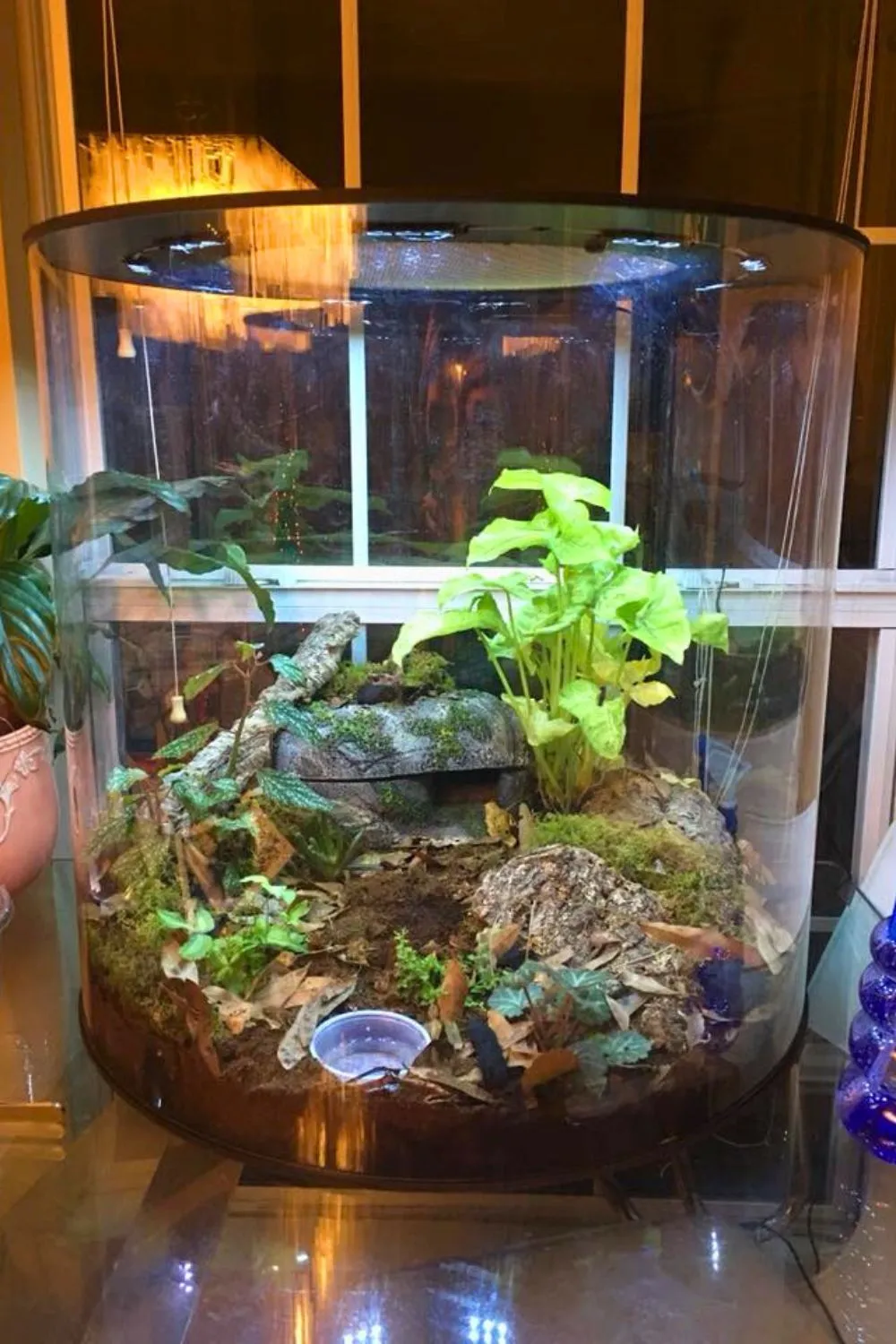
Maintaining the right temperature and lighting conditions is vital for the health and well-being of your Birdeater Tarantula. These tarantulas are ectothermic, meaning they rely on external sources for heat. The proper temperature range helps them digest food, stay active, and molt successfully. Lighting, while not as critical as temperature, also plays a role in their overall well-being. These factors are intertwined, and adjusting them to create the optimal environment will lead to a thriving tarantula. Always monitor temperature with a reliable thermometer. Furthermore, ensure the lighting setup is suitable for the species, avoiding any harsh or intense lighting that might cause unnecessary stress. Proper planning and implementation of these elements contribute to the overall comfort and health of your Birdeater Tarantula, allowing it to thrive in its captive environment.

Optimal Temperature Range
The optimal temperature range for Birdeater Tarantulas is typically between 75-85°F (24-29°C). It is important to maintain a consistent temperature within this range to ensure your tarantula can digest food, molt, and stay active. You can use a heat mat or a ceramic heat emitter to achieve this temperature. Place the heat source on the side of the enclosure, rather than underneath, to prevent the substrate from drying out excessively. Avoid using heat rocks, as they can get too hot and burn your tarantula. Always monitor the temperature with a reliable thermometer to ensure it stays within the recommended range. During cooler months, you may need to adjust the heat source to maintain the ideal temperature. It’s also essential to provide a temperature gradient within the enclosure, allowing the tarantula to move to a cooler area if needed. Avoid sudden temperature fluctuations. Regularly check the temperature to ensure it is consistent and stable, which is critical for the tarantula’s health and well-being.
Lighting Considerations: Do They Need Light?
Birdeater Tarantulas do not require special lighting, as they are primarily active during the night. However, providing a normal day-night cycle is beneficial for their overall well-being. You can use a low-wattage LED bulb to provide a gentle ambient light during the day. Avoid using bright or intense lights, as they can stress the tarantula. If you choose to use lighting, ensure it doesn’t produce excessive heat, as this could overheat the enclosure. The light should not be directly focused on the tarantula’s hide or burrowing area. You can use a timer to control the lighting schedule, providing approximately 12 hours of light and 12 hours of darkness. This mimics the natural day-night cycle, which can help regulate the tarantula’s natural behaviors, such as feeding and molting. Natural sunlight is also acceptable, but ensure the enclosure does not get direct sunlight, as this can cause the enclosure to overheat. A consistent day-night cycle is essential for the tarantula’s overall health, so ensure the lighting setup is appropriate and non-stressful for the tarantula.
Regular Maintenance and Cleaning of the Enclosure
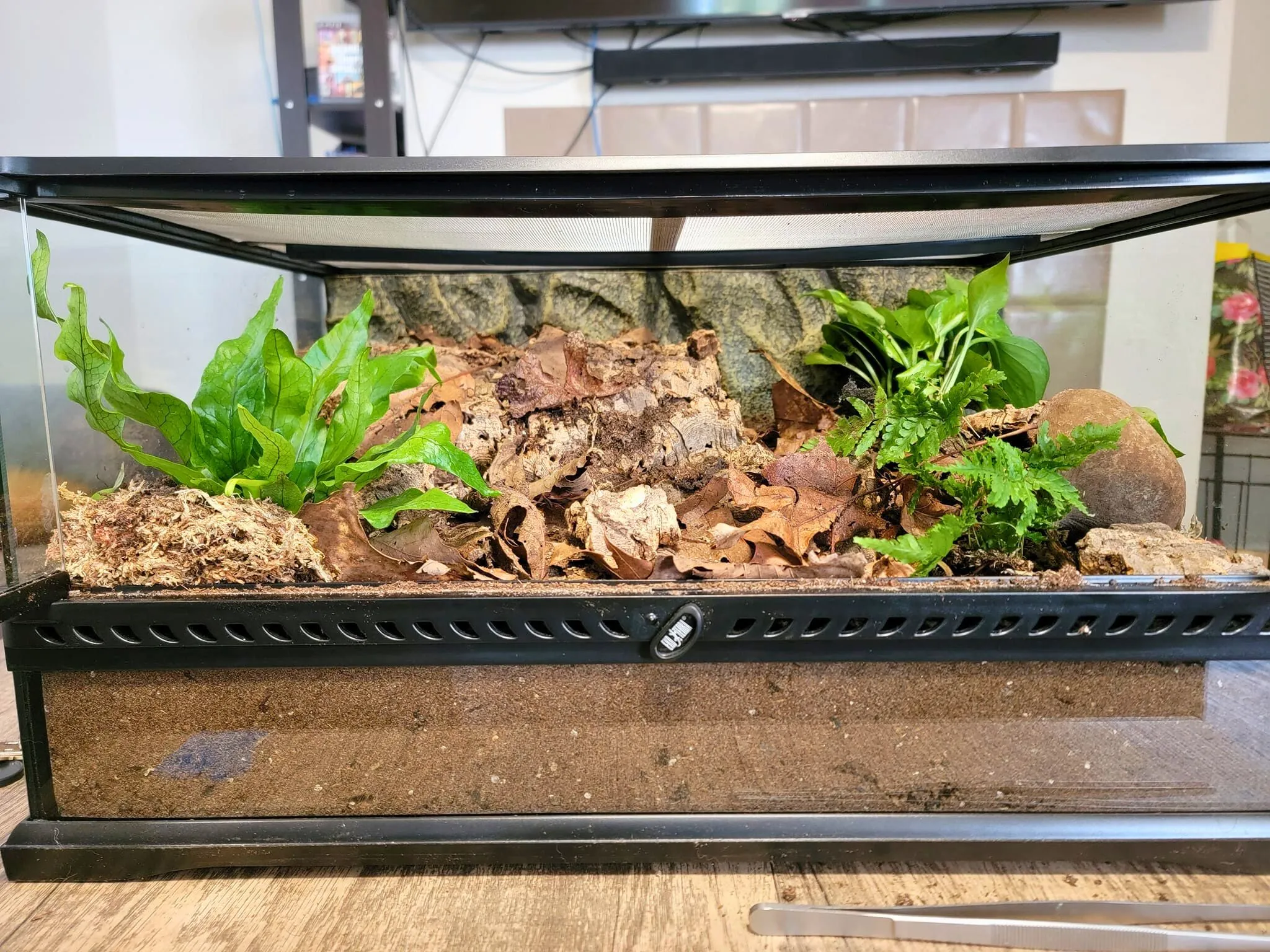
Regular maintenance and cleaning are essential for maintaining a healthy environment for your Birdeater Tarantula. A clean enclosure prevents the buildup of harmful bacteria, mold, and other potential health risks. This includes spot cleaning, substrate maintenance, and overall enclosure sanitation. This includes removing any uneaten food, fecal matter, and shed exoskeletons promptly. These routine practices ensure the enclosure remains safe and hygienic, supporting the well-being and comfort of your pet. Consistent upkeep is crucial to minimize the risk of health issues and maximize your tarantula’s lifespan. Following a regular schedule will help you maintain a clean and healthy environment for your tarantula and also allow you to monitor its behavior and health.

Cleaning and Waste Removal
Spot cleaning is a crucial aspect of maintaining a clean enclosure. Remove any uneaten food items daily to prevent mold growth and the attraction of unwanted pests. Also, regularly remove fecal matter, which can accumulate in the enclosure. Use a pair of tongs or gloves to safely remove waste, being cautious not to disturb the substrate too much. Once a month, you should conduct a more thorough cleaning. This involves removing the top layer of the substrate to remove any accumulated waste and replace it with fresh substrate. If you use a bioactive setup with clean-up crew insects, you can reduce the frequency of this process, but regular monitoring is still necessary. When cleaning, avoid using harsh chemicals or detergents, as these can be harmful to your tarantula. Instead, use a reptile-safe disinfectant. Rinse all items thoroughly before returning them to the enclosure. Regular waste removal and cleaning contribute significantly to the overall health and well-being of your Birdeater Tarantula, creating a hygienic environment that prevents disease.
Monitoring and Adjusting Environmental Conditions
Regularly monitor and adjust the environmental conditions within your Birdeater Tarantula’s enclosure to ensure its optimal health. Keep track of the temperature and humidity levels using a reliable thermometer and hygrometer. Adjust the heat source, misting schedule, and ventilation as needed to maintain the ideal conditions. Observe your tarantula’s behavior for any signs of discomfort, such as lethargy, loss of appetite, or restlessness. These can indicate that something is wrong with the environment. Regularly inspect the substrate for any signs of mold, excessive moisture, or dryness. Monitor the cleanliness of the enclosure and remove any waste promptly. Adjust the placement of hides, water dishes, and other decorations to ensure your tarantula has easy access to resources and a comfortable habitat. Frequent observation, adjustment, and prompt action will help you create the perfect habitat for your Birdeater Tarantula, leading to a long and healthy life for your pet.
Birdeater Tarantula Enclosure Safety
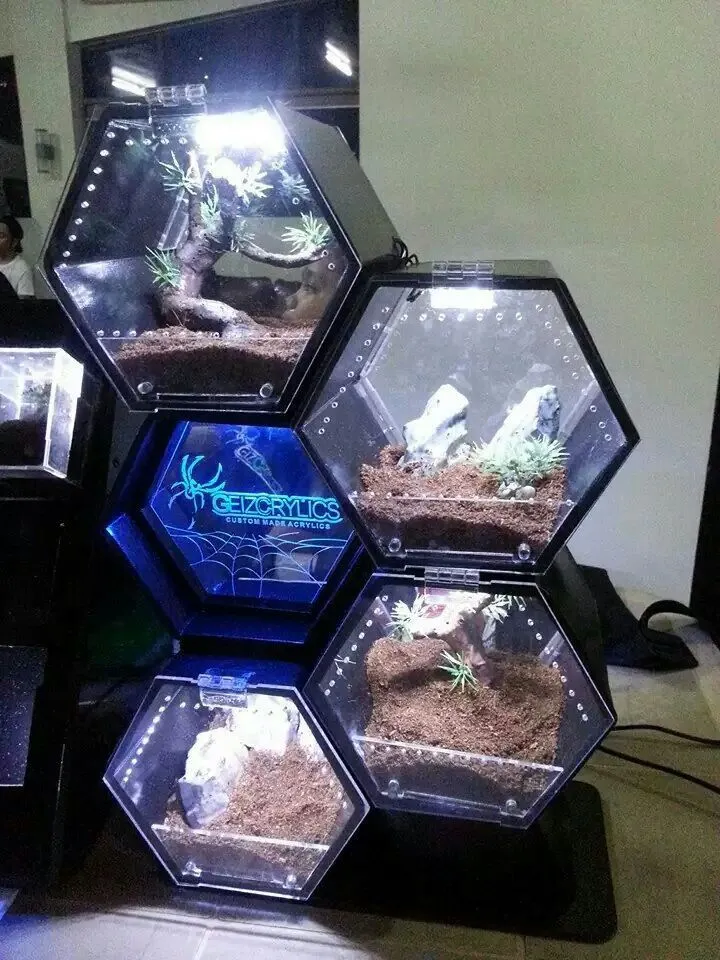
Safety should always be a top priority when keeping a Birdeater Tarantula. These tarantulas are venomous, and their large size and powerful fangs can pose a risk if not handled properly. This includes taking precautions to prevent escapes and understanding safe handling practices. Ensure the enclosure is escape-proof and that you are well-informed about the species’ behavior. Always take extreme care when handling your tarantula. A safe enclosure protects both you and your pet. Implementing and adhering to safety measures will ensure both a healthy environment for your tarantula and minimize any potential risks associated with keeping a venomous pet.
Preventing Escape
Preventing escape is critical, as a loose Birdeater Tarantula can pose a risk to both you and your household. Ensure the enclosure has a secure lid that fits snugly. Regularly inspect the lid and enclosure for any gaps or weaknesses. Consider using a locking mechanism to prevent accidental openings. When opening the enclosure for maintenance or feeding, always do so in a secure location, such as within a confined area or a room with closed doors and windows. Never leave the enclosure unattended when it is open. Avoid any potential escape routes, like open windows or doors. Keep the enclosure away from areas where children or other pets can access it. Develop a clear plan for what to do in the event of an escape. Having these preventative measures in place will significantly reduce the risk of escape and will ensure the safety of everyone in your home.
Safe Handling Practices
Safe handling practices are essential to avoid being bitten by your Birdeater Tarantula. Although these tarantulas are generally not aggressive, they will defend themselves if they feel threatened. Avoid handling your tarantula unless absolutely necessary, such as for health checks or enclosure maintenance. If you must handle your tarantula, do so in a safe, enclosed space, like a large tub, to prevent an escape. Use a soft brush to gently coax the tarantula onto your hand, if necessary. Always be aware of the tarantula’s body language. If it raises its front legs or flicks its hairs, it is a sign of defense, and you should back away immediately. Avoid sudden movements or loud noises, which can startle the tarantula. Never attempt to handle a tarantula if you are unsure about its temperament or if you are not comfortable. After handling, wash your hands thoroughly. Consider wearing gloves to reduce the risk of irritation from urticating hairs. Always prioritize the safety and well-being of both yourself and your tarantula.

